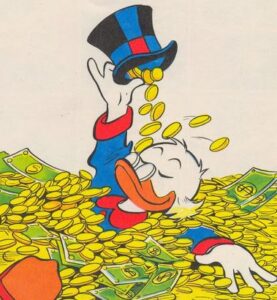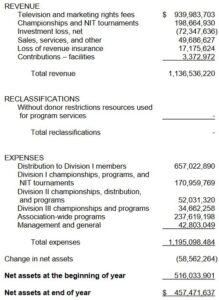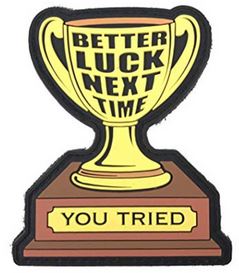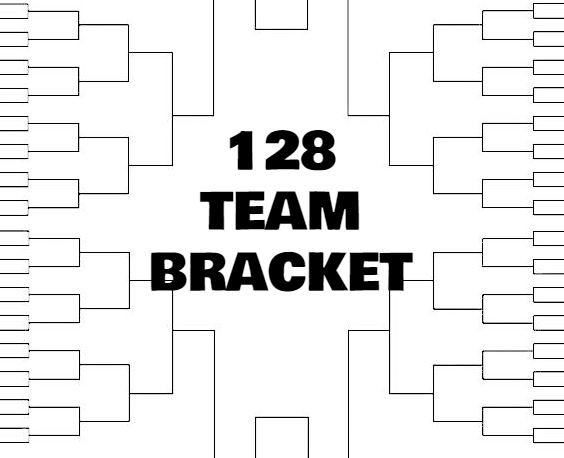Podcast: Play in new window | Download
Subscribe: RSS
The names of the 64 teams in the NCAA March Madness college men’s and women’s basketball tournaments will be released in a little more than two weeks.

As covered in our last discussion, the NCAA men’s basketball tournament started in 1939 with only eight teams invited.
Since then, the men’s field expanded to 16 teams (1951), then 22 (1953), 32 (1975), 48 (1980), and finally 64 in 1985. In 2011, the “First Four” concept allowed eight teams to participate in one additional game to claim the last four places in the field of 64 teams.
Only two of these “First Four” teams (VCU in 2011 and UCLA in 2021) have participated in the Final Four in the past 12 years. Neither team advanced to the championship game.
Let’s count down the winners by their tournament seeding

Each basketball team competing in the NCAA tournament 64-team field (men and women) is given a subjective “seeding” from one to 16 before the first game is played. These rankings are assigned by the NCAA Tournament selection committee with help of its proprietary NET ratings system. With four regions of 16 teams, the #1 seed is considered the strongest team in its region.
Every year, upsets happen along the way. Just one time (2008) have all four of the #1 men’s seeds reached the Final Four together. It’s happened four times in the women’s tournament history. That’s a big reason why this basketball tournament is so much fun to watch!
The highest seeded team to have won the national championship remains the 1985 Villanova Wildcats. They won the title from the #8 spot.
There has been just one #7 seed to take the title, too. That was the UConn Huskies of 2014. They won the championship by beating #8 Kentucky.
The #6 seed has taken a couple of men’s basketball titles.

The Cinderella story 1983 North Carolina State Wolfpack team of Coach Jim Valvano surprised the heavily favored Houston Cougars on a buzzer beating tip-in. In 1988, it was All-American Danny Manning leading the Kansas Jayhawks to a title after starting from the #6 seed position.
Surprisingly, there has not been a #5 seed in the men’s field to win the March Madness tournament yet. The #5 seed has reached the finals but is 0-4 in title games. The most recent runner-up was San Diego State last year in 2023.
The #4 seed has claimed just two national titles. Last year’s winner in 2023 was #4 seed UConn. The other 4-seed to win it all was the 1997 Arizona Wildcats. The Cats defeated three “blue blood” #1 seeds (Kansas, North Carolina, and Kentucky) en route to the title.
Third-seeded teams have five national titles on the men’s side of the ledger. The most recent #3 seed to win it all was UConn back in 2011.
There have been seven winners coming from the #2 seed position. The most recent title winner as a #2 seed was Villanova in 2016.

The #1 seeds have dominated the men’s March Madness event. A total of 26 winners have come from the top seeds since the rankings started in 1979. The Kansas Jayhawks team in 2022 was the most recent #1 seed to take home a championship trophy.
In case you were wondering, there have been only three #9 seeds to even play in the Final Four. There has been just one #10 seed (Syracuse in 2016) advance into the Final Four.

LSU fans will remember their beloved Coach Dale Brown’s #11-seeded Tigers from 1986. They and four other teams (the most recent being UCLA in 2021) to advance into the men’s Final Four.
Alas, none of the Final Four teams with a #9, #10, or #11 seed advanced to play in the championship game.
The top seeded women’s teams have been more dominant

The NCAA Women’s basketball tournament began in 1982 (won by Louisiana Tech). Prior to then, the Association for Intercollegiate Athletics for Women (AIAW) conducted women’s basketball championships beginning in 1968. The initial NCAA women’s tournament played in 1982 effectively caused the AIAW to fold within the next calendar year.
Since 1982, the NCAA women’s basketball tournament has been dominated UConn (11 titles) and Tennessee (9). The #1 seeds of the women’s basketball tourney have been quite impressive. The women’s tournament has seen all four #1 seeded teams advance into the Final Four on (of course) four different occasions. The most recent #1 sweep year came in 2018 (won by Notre Dame).

In the 41 years of the women’s NCAA tournament, the biggest underdog to win the ladies’ title has come from the #3 seed. Last year’s champion, LSU, came into the tournament as a #3 seed last year in 2023. The other #3 seeds to win it all were Tennessee (1997) and North Carolina (1994).
So, who is complaining about needing more teams?
If you answered, “The NCAA and the sports media”, you win!

As already established earlier, a statistical case can be made that only 32 teams are really needed to determine a champion in the NCAA basketball tournaments (men and women). A #8 seed equates to a team ranked #29, 30, 31, and 32 in the field prior to the tournament tip-off.
Though teams with seeds #9-16 spring a few upsets in the tournament to keep things interesting, the bottom tier of teams has never captured a men’s or women’s national title in basketball.
We now have more than 40 years of experience with the 64-team format.
The bottom 32 teams do serve a very valuable function, though. Those extra 32 teams serve to extend the college basketball tournament by two days and 32 games. This means more money from television and arena revenues for the NCAA to keep (mostly) for itself.

If you think about it, there are as many games played during the first two days of the NCAA March Madness tournament as there are in the remaining rounds.
It’s true! There are 32 games played in the opening round on a Thursday and Friday. For the next five rounds of the entire tournament, there are only 31 games (16 + 8 + 4 + 2 +1) played.
More games = more money paid to the NCAA!

The NCAA makes about $1 billion annually from the television rights to the men’s basketball tournament alone.

The regional host cities must also pay-up for the right to showcase tournament games in their arena.
Did someone just say 96 teams? Or was that 128?

The NCAA’s lucrative television rights deal with CBS, Turner Sports, and ESPN (which has an exclusive on the women’s tournament) comprises 90% of the organization’s annual revenues. According to the NCAA’s website, about 60% of those revenues are later returned to the upper division athletic conferences based on their teams’ performances in the tournaments that year.
Egged-on by the sports media, the NCAA is currently evaluating a possible expansion of the March Madness basketball tournament field to 96 or even 128 teams.
That change would add another layer of games. Of course, that generates even more television rights money to be paid to the NCAA.
The television partners aren’t losing money, either. The March Madness tournament brings one of the year’s largest viewing audiences for three consecutive weekends. The ad revenue easily covers the $1 billion being paid to the NCAA each year.
Increasing the number of teams to the college basketball tournament field will be a money grab by the NCAA, its television partners, and the host cities for these incremental games.
More teams will mean more participation trophies

Today’s NCAA’s NET computer ranking system shows that the majority of men’s teams ranked #65-96 and #97-128 are simply not championship material. These incremental teams are either major college teams sporting double digit losses already or a smattering of smaller conference schools without a signature win to show over a large conference foe.
Adding 32 or 64 more teams to the NCAA tournament field will only benefit the wallets of the NCAA and its business partners. An outlier team would need to upset five or six straight teams to make it into the championship game.
Statistically speaking, expanding the field won’t produce a more worthy champion than the current 64-team model. As stated earlier, the top men’s seed to win it all was a #8, while the women’s biggest underdog champion came from a #3 seed.
Expanding the field isn’t necessary. If anything, the current 64-team model is already twice as large as needed to determine the best college basketball team in the country.

I’ll compromise. Let’s keep the current March Madness fun alive. Just leave it alone!

